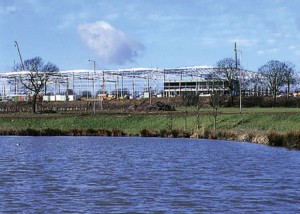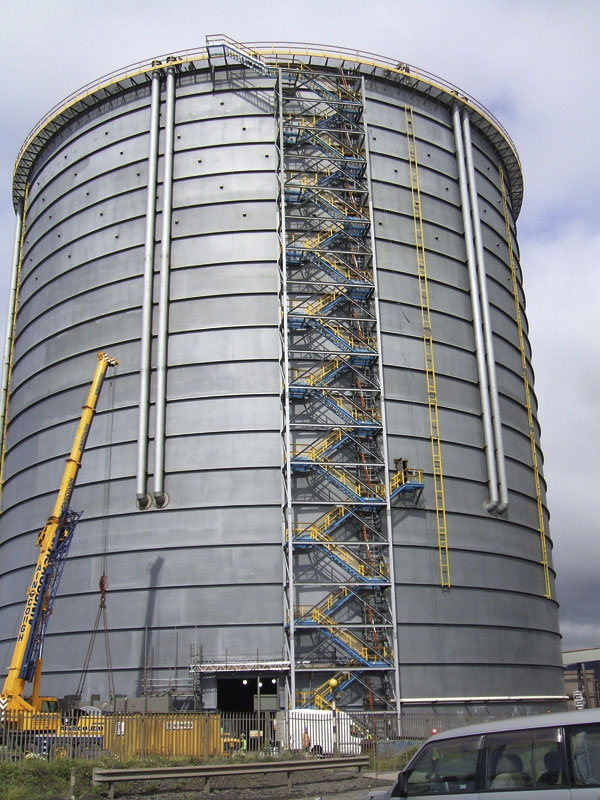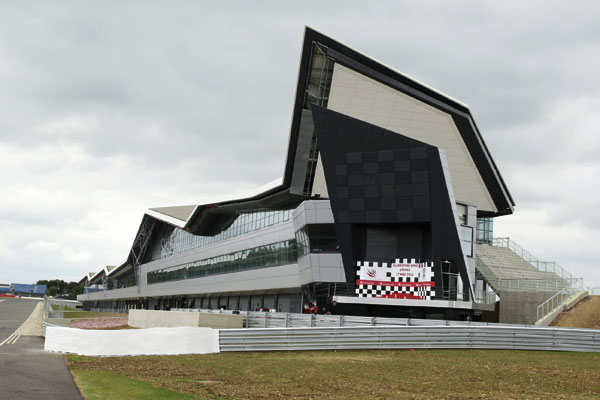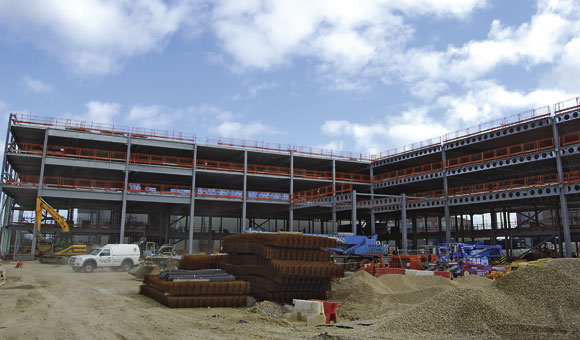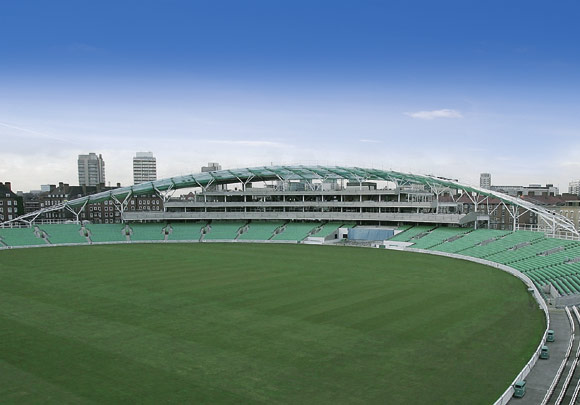Projects and Features
Steel and Sustainability
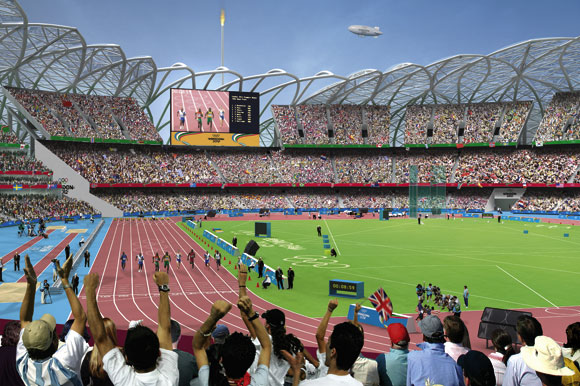
London’s winning Olympics bid relied heavily on the sustainability characteristics of steel, such as demountability of structures after the Games
Sustainability has become a key driver for companies and organisations of all types in the past few years. Steel has always had strong sustainability credentials, the main aspects of which will be highlighted in a series of articles in NSC over coming months. Nick Barrett starts the series with an overview.
Sustainable development implies a balance between the social, economic and environmental benefits that any development can deliver. The Olympic Delivery Authority, for example, shares this view of sustainable development, but also states that we should never lose sight of the need to deliver projects on time and to the agreed budget.
The most obvious sustainability strength of steel is its ability to be recycled and reused. Recent environmental legislation like the landfill tax has spelled out government’s impatience with traditional practices of simply dumping waste, including construction waste, in landfills. Even before sustainability and the environment become such prominent political issues most steel was recycled – 94% of all steel construction products are either reused or recycled when buildings are demolished. It is estimated that 99% of structural sections are recycled or reused.
It is estimated that an amount equivalent to some 40% of total world steel production is recovered and recycled annually. Steel can be recycled over and over into new products with no reduction in its inherent properties. The UK’s steel framed buildings and other structures can be viewed as a strategic and valuable material resource that will be reclaimed by future generations for reuse or recycling.
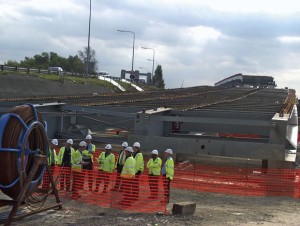
Steel from Corus’s Teesside Meltshop was recycled for use in projects such as the Swale Crossing in Kent
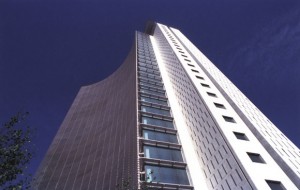
Steel’s lightness and flexibility was demonstrated on the Empress State Building in London which had three floors added during a renovation programme that didn’t overload the existing foundations
Contrast this with alternative framing materials like concrete, whose recovery is only economically justified because of the value of the steel reinforcement. The reinforcing steel is recycled while the concrete has to be crushed and downgraded for use as fill materials.
In terms of reuse the steel framing components within a building can be seen as a kit of parts, which means that when a building is no longer required in its current form, the structural elements can be retrieved and then reused.
All steel construction products are manufactured offsite, from which flows a wide range of sustainability benefits. For example, workers face far fewer journeys to work than would be needed if on-site produced alternatives were used. There is less need for construction workers to spend extended periods working away from home, with a long journey tacked onto the start and end of each working week.
As constructional steelwork is manufactured in factory-controlled conditions, there are obvious benefits to the health and safety, and social cohesion of the workforce within the community.
Careful structural design minimises the steel used for any particular purpose. Steelworks and fabrication plants operate on a waste minimisation basis; what little waste is generated can be easily retrieved and recycled. By its very nature offsite manufacture increases quality but also reduces the amount of on-site waste generated, which can be difficult to recover and reuse.
Constructional steelwork is routinely delivered to site on a ‘timed’ basis, which not only minimises the space needed for materials storage on site, but also gives the opportunity to avoid deliveries during periods of road congestion. In addition, compared to concrete construction there is a vastly reduced number of deliveries to site using heavy vehicles. The communities around a development will as a result benefit from a reduction in noise and dust generated by these delivery activities.
Steel framed buildings are efficient stores of thermal energy, containing sufficient mass in their lightweight floor slabs to allow designs to maximise fabric energy storage. This means excess energy can be absorbed during the day and expelled at night, which reduces the need for energy to be used to heat and cool buildings.
The flexibility of steel has ‘future proofed’ many buildings, allowing for internal layouts to be easily reconfigured for changing uses; this means buildings that would otherwise have been demolished enjoy extended lifetimes. Steel’s high strength-to-weight ratio enables structural and resource efficiency, allows foundations to be smaller and means buildings can be extended vertically without overloading the foundations.
The inherent speed and predictability of steel construction means that construction programmes can be reduced and there are fewer delays due to the weather. This has major implications for the financing of a project and also when the client can begin to see a return on his investment.
The steel sector has developed a sustainability charter that lays out a coherent strategy of prioritised sustainable development objectives, against which progress is annually reviewed. The British Constructional Steelwork Association has created a Sustainability Charter for steelwork contractors under which signatories commit to a wide range of sustainable practices across their operations and agree to an annual audit of their performance against the commitments made.







